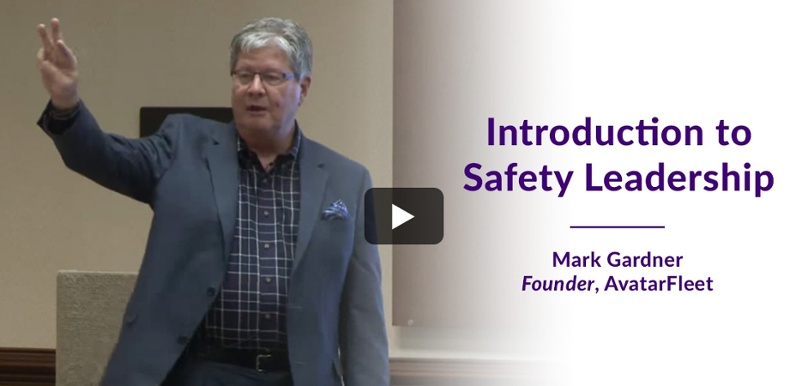![]()
In 1993, Rudy Giuliani was elected Mayor of New York City based, in part, on a “get-tough-on-crime” platform. Although he was a controversial character, he kept his promise and eventually cut the homicide rate by nearly 50 percent. How do you pull off a turnaround like that in a city like the Big Apple? The answer is to focus on the right things. But what are the right things? The answer might surprise you.
During his first term in office, Giuliani hired William Bratton as his police commissioner. Bratton was a faithful follower of the “no broken windows” theory and, with Giuliani’s unwavering support, successfully implemented procedures focused not on major crime, but rather cleaning up the joint.
I’m convinced that Billy Dee Williams’s portrayal of Gotham City’s Mayor, Harvey Dent, in Tim Burton’s 1989 blockbuster, Batman, is a parody of Giuliani. They even use the same language: “We’re going to clean this town up and make it respectable for decent folk.” Meanwhile across town, the Joker, played by Jack Nicholson, opines that, “decent people shouldn’t be living here.” But I digress.
Social Norms
To understand why the no broken windows theory works, you first must understand social norms. Social norms influence how people behave in a social setting. Social norms are unwritten rules, universally accepted by a local group or society, that dictate what is and what is not accepted behavior.
Here’s how it works. Let’s say you have an abandoned building with a few broken windows. If the windows aren’t repaired, vandals will likely come back and break more. Eventually, they may even break into the building, become squatters and light fires inside. Or, consider a typical New York City street. Some litter starts to accumulate. Soon, more litter accumulates. Eventually, people start leaving bags of trash and dog doo everywhere. The buildup of trash leads to social disorder and before long people are breaking into cars and robbing local stores.
The Little Things Matter - 300:29:1
No broken windows helps us understand that minor violations create a permissive atmosphere that leads to more serious crimes. Does this sound familiar? As a safety and risk professional, it sounds like a variation of the work of American engineer William Heinrich. Heinrich says focus on those little insidious unsafe behaviors and the big collisions/losses will evaporate. Heinrich's Law states that in a workplace for every accident that causes a major injury, there are 29 accidents that cause minor injuries and 300 accidents that cause no injuries at all.
Of course, 300:29:1 isn’t new. Heinrich published Industrial Accident Prevention, A Scientific Approach in 1931. Even though there are a few modern critics, Avatar has proven time and again that the most effective approach to reducing total claims cost and eliminating large losses is to focus on reducing accident frequency.
Only the misinformed would ever focus on reducing severe claims. Major losses are far too infrequent and elusive to eliminate by themselves. Instead, 300:29:1 informs us to focus on reducing frequency. It’s a fact. Reduce the 300 and the 29 and 1 follow.
Most importantly, Heinrich went on to explain that the unsafe behaviors (actions) people emit in the performance of their jobs are identical across the range of losses from minor to major. 300:29:1 is remarkably effective when applied to auto liability claims.
Here’s a common unsafe driving behavior; running a yellow light. A driver might choose to accelerate upon seeing the light turn to yellow. He or she might run the light as it turns red. Nothing happens. They get on their merry way. This same driver might “get away” with this unsafe behavior for a very long time. They build up a higher and higher level of acceptable risk every time they get away with that behavior. This is called risk homeostasis, which we’ve covered on this blog before. Eventually, this unsafe behavior will lead to a major collision, maybe fatality.
Changing Behaviors to Prevent Risk
So, where should we focus? On the calamity? Oops, too late. People are dead. On a T-bone collision? Nope, too late. Cars are smashed. People are injured. The focus must be on the unsafe behavior…the 300. Ideally, the focus needs to be as early in the equation as possible. Through LLLC, we teach people that they should never even contemplate taking an unsafe behavior as an option. Reducing the 300 unsafe behaviors is the most effective approach to successfully eliminate major losses.
There are parallels between the no broken windows theory and 300:29:1. If we tolerate trash and graffiti, we’ll eventually have a spike in serious crime. If we tolerate drivers running yellow lights, we’ll eventually suffer a major loss. Rudy focused on eliminating petty crimes, littering and graffiti. Within ten years, New York City cut its homicide rate in half. In 2014, Avatar began working with Baker Hughes. The previous year they had six on-the-job fatalities. We didn’t focus on the fatal collisions. We focused on unsafe behaviors and reducing accident frequency. By 2015, overall losses had plummeted 56%, but more importantly fatalities evaporated. Zero. Zilch. None. Empty brackets. Get it? They went away completely.
Change Driver Behaviors, Reduce Accident Frequency
Here’s the formula: Broken windows and a dose of Heinrich’s 300:29:1 will help you eliminate large losses. Focus on frequency and one day you may just become as famous as a big city mayor.
Click on the link below to gain access to Founder Mark Gardner's Safety Leadership presentation!
Sign up for our newsletter
Get the latest articles on all things transportation delivered straight to your inbox.
Schedule a live demo

